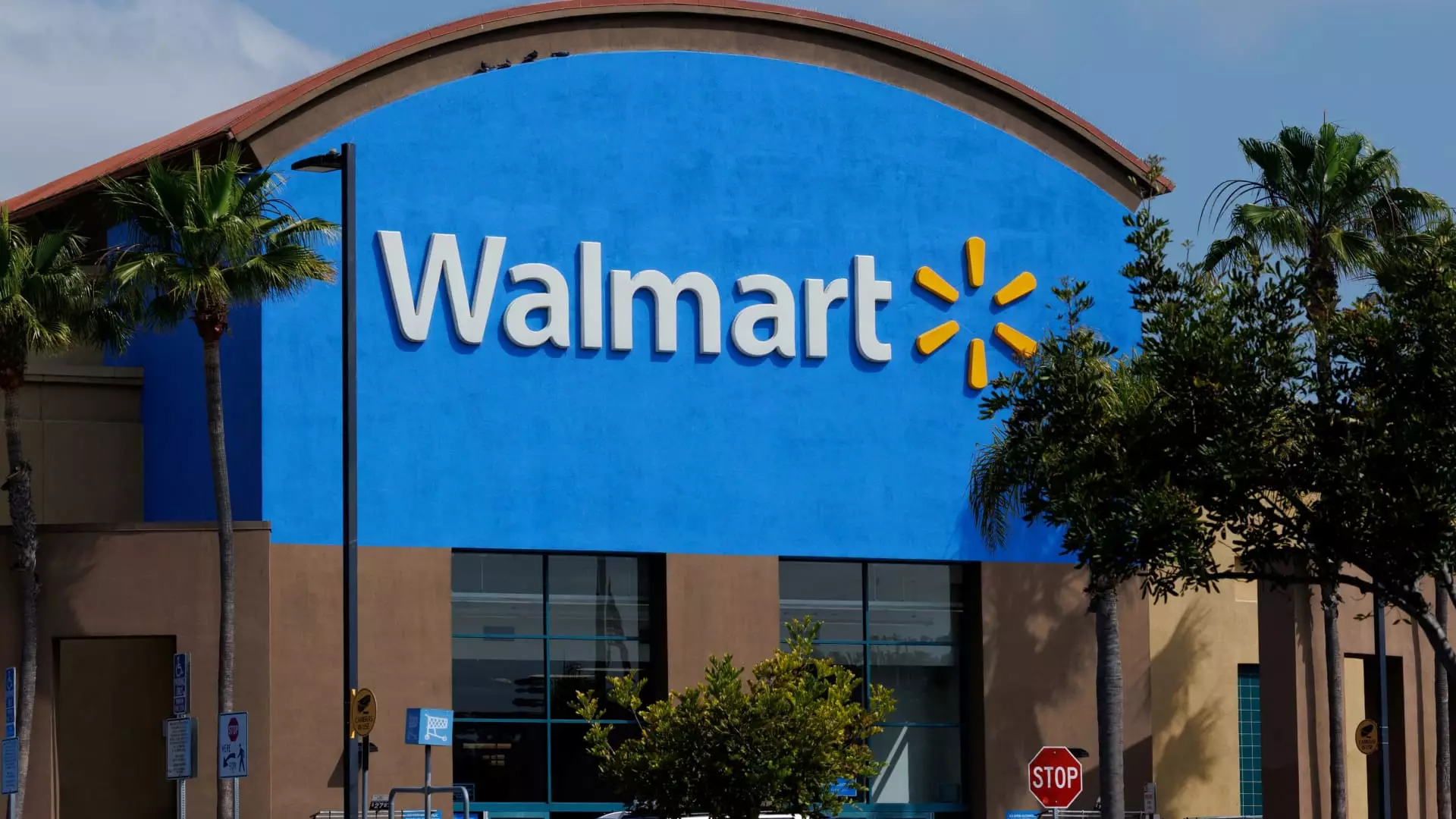In the current retail landscape, the stark contrast between Walmart and Target vividly illustrates the peril of losing sight of strategic purpose. Target, once a symbol of suburban convenience and reliable marketing to everyday Americans, appears to have become wandering without a clear identity. Its stock has plummeted over 22% this year, reflecting investor confidence shaken by internal uncertainty and a lack of cohesive vision. The inability of Target to define who it truly aspires to serve — whether through its branding, merchandising, or corporate culture — is evident and alarming.
Historically, Target thrived by appealing directly to the suburban middle class — a demographic seeking ease, style, and affordable luxuries. But recent years have seen the retailer oscillate between socially conscious initiatives, including diversity and inclusion (D&I) efforts, and attempts to appeal to a broader, more politically diverse audience. This strategic ambiguity has backfired, alienating core loyal customers on both ends of the ideological spectrum. Instead of strengthening its brand identity, Target appears to be caught in a limbo where it is unsure whether to prioritize cultural values or commercial viability.
This confusion becomes especially perilous when considering its upcoming earnings report. Expectations are muted, with analyst sentiment suggesting a decline in same-store sales and customer traffic. Although price hikes might offer some cushion, they cannot compensate for a loss of retail relevance. CEO transition rumors further highlight the internal instability. This leadership vacuum only deepens the uncertainty, leaving investors wary of whether the company can pivot effectively amidst a rapidly shifting retail environment. Target’s failure to adapt its core value proposition—delivering accessible, stylish shopping for everyday Americans—risks transforming it from a destination into a secondary choice for a shrinking customer base.
Walmart’s Defiant Dominance and the Costs of Clarity
In contrast, Walmart’s position remains resilient and strategically sound. Its stock has gained over 12% in 2025, fueled by a clear and focused approach to retailing. Unlike Target, Walmart appears to understand precisely what it stands for: cost leadership, accessibility, and satisfying the needs of everyday Americans, regardless of ideological or social trends. This unwavering focus has allowed Walmart to not just survive but thrive amid economic uncertainties, including price inflation and shifting consumer preferences.
Walmart’s disciplined pricing strategy during critical shopping periods like back-to-school illustrates its mastery of the fundamentals — driving foot traffic through low prices and convenience. Their widespread physical presence remains a formidable asset, rendering Walmart accessible to the majority of Americans. As Greene pointed out, Walmart’s confidence in its strategic direction is comparable to the dominance of Muhammad Ali in the boxing ring — a metaphor for its assured dominance over competitors.
The company’s careful balancing act between e-commerce growth and brick-and-mortar strength exemplifies a nuanced understanding of consumer behavior. Walmart’s management recognizes that retail success depends on consistency and clarity in strategy. Their ability to adapt to a changing landscape without losing sight of their core purpose assures investors of future stability. It is this decisive vision that distinguishes Walmart from Target’s current predicament, which is mired in strategic ambiguity.
The Critical Lesson for the Retail Sector: Clarity Over Confusion
The divergence between Walmart and Target underscores a fundamental lesson—retailers must possess unwavering clarity about their mission and target audience. Retailing is fundamentally about understanding consumer needs and delivering on them reliably. When a brand wanders into ideological or cultural battles that do not directly enhance customers’ shopping experiences, it risks diluting its purpose and alienating core clientele.
Target’s struggles serve as a cautionary tale about the dangers of strategic incoherence. Instead of doubling down on what made them successful—a focus on style, convenience, and affordability—they’ve become embroiled in social issues that do little to bolster their bottom line. This misstep reveals an outdated assumption that appealing to shifting cultural sentiments translates directly into commercial success. More often, it results in alienation and loss of market share.
Meanwhile, Walmart’s straightforward, customer-centric approach demonstrates that confidence in a well-defined strategy can withstand turbulent times. Their commitment to accessibility, value, and consistency aligns perfectly with what most Americans seek: a retail experience rooted in reliability, not virtue signaling. For retail companies aiming to remain relevant, the takeaway is clear — clarity of purpose and understanding of core consumer values are non-negotiable. Anything less risks a slow, painful decline into irrelevance, much like Target’s current trajectory.
The future of retail hinges on a company’s ability to stay aligned with its foundational principles amid societal pressures. As Walmart’s stellar performance indicates, those companies that maintain focus and confidence in their strategic direction will weather the storms and emerge stronger. Target must not only find its footing but also redefine itself with unwavering clarity—before it’s too late.

